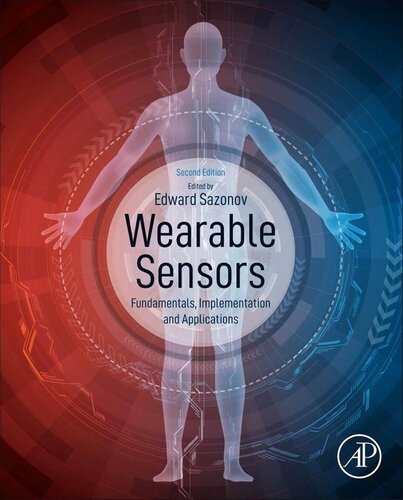

Most ebook files are in PDF format, so you can easily read them using various software such as Foxit Reader or directly on the Google Chrome browser.
Some ebook files are released by publishers in other formats such as .awz, .mobi, .epub, .fb2, etc. You may need to install specific software to read these formats on mobile/PC, such as Calibre.
Please read the tutorial at this link. https://ebooknice.com/page/post?id=faq
We offer FREE conversion to the popular formats you request; however, this may take some time. Therefore, right after payment, please email us, and we will try to provide the service as quickly as possible.
For some exceptional file formats or broken links (if any), please refrain from opening any disputes. Instead, email us first, and we will try to assist within a maximum of 6 hours.
EbookNice Team

Status:
Available0.0
0 reviewsWearable Sensors: Fundamentals, Implementation and Applications has been written by a collection of experts in their field, who each provide you with an understanding of how to design and work with wearable sensors. Together these insights provide the first single source of information on wearable sensors that would be a fantastic addition to the library of any engineers working in this field.
Wearable Sensors covers a wide variety of topics associated with development and applications of wearable sensors. It also provides an overview and a coherent summary of many aspects of wearable sensor technology. Both professionals in industries and academic researchers need this package of information in order to learn the overview and each specific technology at the same time. This book includes the most current knowledge on the advancement of light-weight hardware, energy harvesting, signal processing, and wireless communications and networks. Practical problems with smart fabrics, biomonitoring and health informatics are all addressed, plus end user centric design, ethical and safety issues. The new edition is completely reviewed by key figures in the field, who offer authoritative and comprehensive information on the various topics. A new feature for the second edition is the incorporation of key background information on topics to allow the less advanced user access to the field and to make the title more of an auto-didactic book for undergraduates.